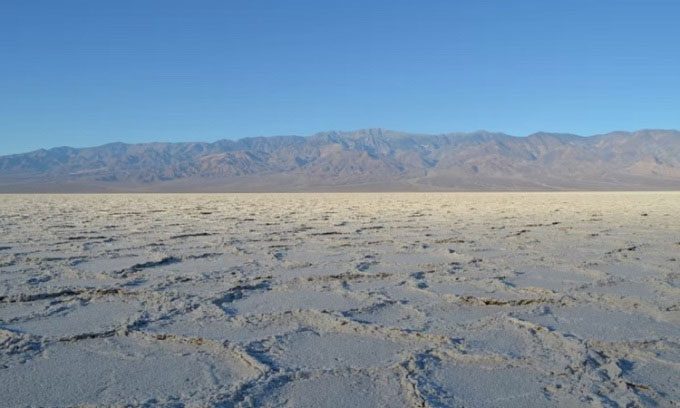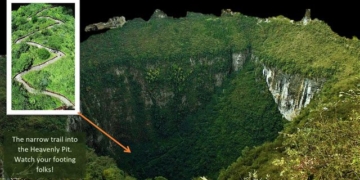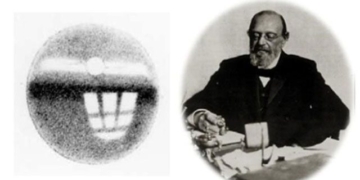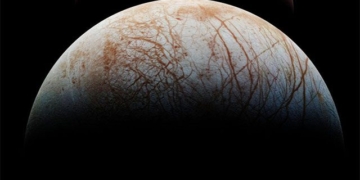The hexagonal cells resembling a honeycomb with uniform sizes on the surface of a salt desert are formed due to the movement of brine beneath the ground.
Scientists are exploring the mystery of honeycomb patterns on salt deserts around the world. Salt deserts are among the most extreme and inhospitable places on Earth. The unusual polygonal structures on the surface attract hundreds of thousands of tourists each year. Salt deserts exist in many regions, including the Badwater Basin in Death Valley, USA, and Salar de Uyuni in Bolivia.

Surface of Badwater Basin in Death Valley. (Photo: Lucas Goehring/Nottingham Trent University).
A newly published study in the journal Physical Review X reveals that the shape and size of the honeycomb patterns may result from the movement of brine (highly concentrated saltwater) beneath the ground. The uniform size and growth rate of these patterns may also be attributed to this process, according to a research team from Nottingham Trent University and TU Graz in Austria, as reported by Independent on February 25.
Previously, researchers believed that the salt crust of the desert dries out, forming cracks and patterns around it. Another hypothesis suggested that the salt crust continuously develops and bends due to space constraints, creating patterns. However, no hypothesis has adequately explained the uniform size (about 1-2 meters) and honeycomb shape of these structures.
“In the salt desert, the first and almost only thing you see is an endless series of hexagons and many shapes in other arrangements. The surface patterns reflect the slow movement of brine in the soil. Although they appear visually stunning, the wind blowing across the salt desert is the main source of dust in the atmosphere. The study’s results will help us better understand such processes in desert environments,” said Dr. Lucas Goehring, an associate professor of physics at the School of Science and Technology at Nottingham Trent University.
The scientists conducted experiments to observe how brine moves through sandy soil and analyzed patterns under different conditions. In two field studies in California, they observed natural patterns and collected samples to demonstrate how movement near the ground creates visible patterns on the surface. Salt deserts with patterns that are not too arid and groundwater containing high salt concentrations are typically directly beneath the salt crust.
While humans can quickly reach this water layer by digging by hand, it is too salty to drink. As brine evaporates under the sun, the remaining salt makes the groundwater just below the ground saltier, thus denser than the fresh water hidden beneath. If the salinity difference is high enough, the surface water closer to the ground begins to sink while the fresh water gradually rises.
The research findings indicate that when multiple flows occur simultaneously underground, they create hexagonal honeycomb-like patterns along the edges of the land where the salty water sinks. Where the salt concentration is particularly high, more salt crystallizes on the surface.




















































